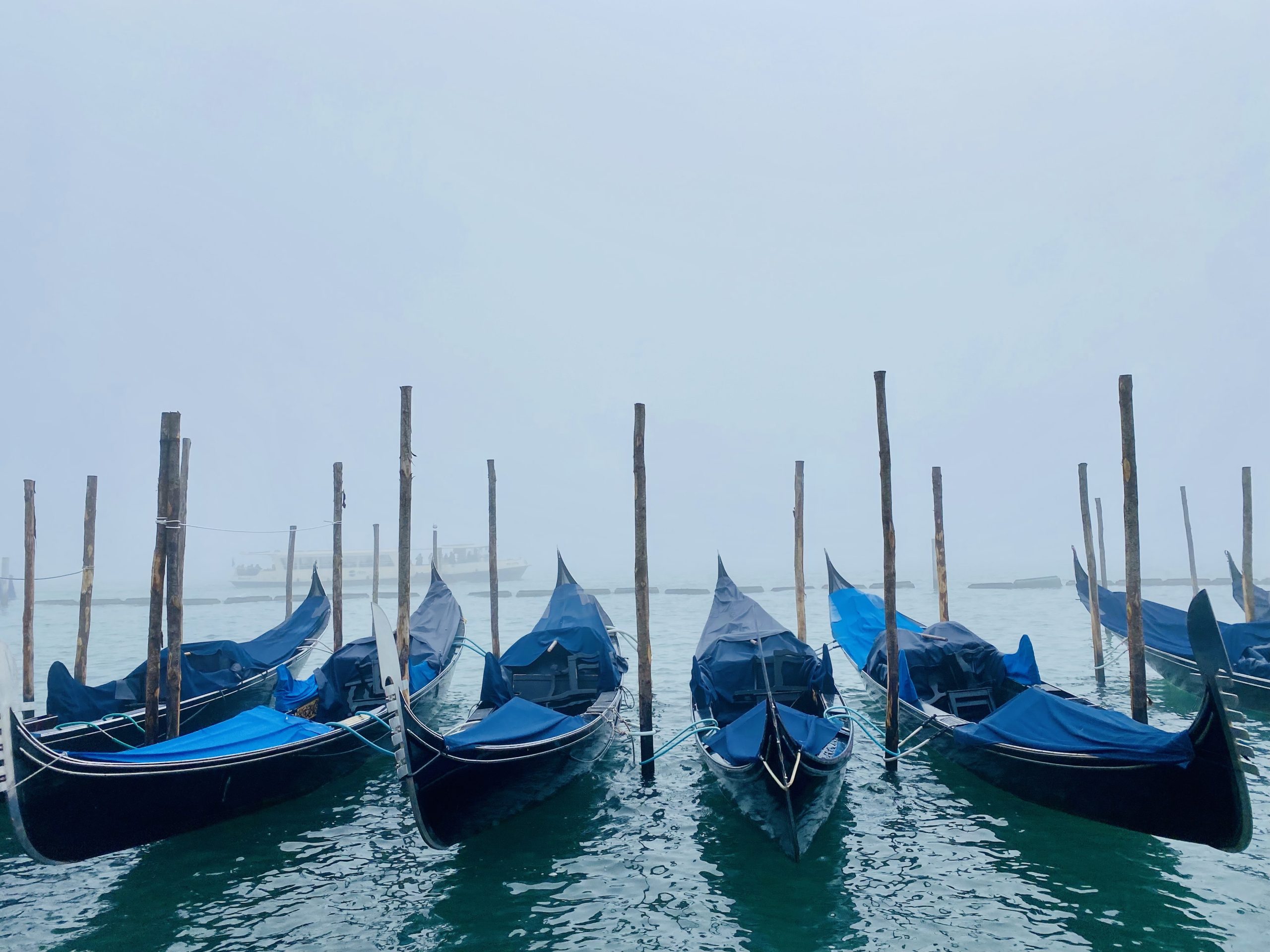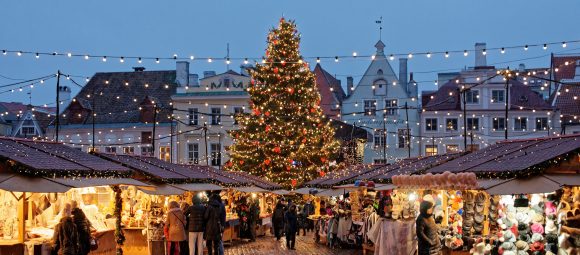Cultural Capital of September: Venice
On a September evening, when the lagoon glows with the last light of day and church bells echo across the canals, Venice transforms into a stage where centuries of history meet the vibrancy of the present. Few cities carry culture so naturally in their bones, and in September, Venice shines brighter than ever.

A City of Festivals and Traditions
Venice has always lived through its festivals—Carnival, the Festa del Redentore, and the Regata Storica remind visitors that the city is a living organism. In 2025, another long-standing tradition takes center stage: the Venice International Film Festival.
Founded in 1932, it remains the oldest film festival in the world. For ten days, the Lido becomes a global crossroads of cinema. Stars descend in glittering gowns, but behind the red carpets lies Venice’s deeper calling: to celebrate cinema as both art and testimony, a reflection of our shared human story. As Italian director Giuseppe Tornatore once remarked, “Venice gives film its dignity.”
This year’s festival featured a high-profile debut: Julia Roberts in Luca Guadagnino’s psychological drama After the Hunt, which explores cancel-culture tensions and premiered to strong attention at Venice. Also, in the mix was The Wizard of the Kremlin, featuring Jude Law as Vladimir Putin—a provocative thriller by Olivier Assayas that garnered a prolonged ovation on the Lido.
Looking beyond the festival, these films are among those cinema-goers can anticipate seeing in theaters:
- After the Hunt, with Julia Roberts, is scheduled to be released in the U.S. in limited theatrical release on October 10, 2025, before expanding wider
- The Wizard of the Kremlin, featuring Jude Law, awaits its North American release; while the date is not yet confirmed, it is expected to follow the festival’s awards announcements.

The Biennale and the Spirit of Innovation
Beyond cinema, Venice’s creative pulse continues at the Biennale Architettura 2025 (19th International Architecture Exhibition), titled Intelli‑gens. Natural. Artificial. Collective., curated by Carlo Ratti.
This year’s edition is on view until 23 November 2025, spanning both the Giardini and Arsenale venues. Notably, the Arsenale remains open until 28 September only, with extended hours on Fridays and Saturdays until 8 pm (last admission 7:45 pm).
Key highlights:
- National pavilions and cutting-edge installations are spread across the historic Giardini and the industrial grandeur of the Arsenale, each offering immersive experiences in architecture’s role in contemporary society.
- The Speakers’ Corner at Corderie dell’Arsenale hosts the GENS Public Programme in September—conferences on climate adaptation, heritage protection, AI, and urban resilience—open to visitors holding Biennale tickets.
The September Atmosphere
By September, the heat has eased, the crowds have thinned, and the lagoon air has softened. The city rhythm slows to that of its own inhabitants. Cicchetti bars buzz with laughter; Vivaldi drifts out of centuries-old churches during intimate concerts; shadows lengthen across silent canals.
This month brings tangible highlights: the Regata Storica on the first Sunday of September (September 7th this year), special evening museum openings, and open-air festival screenings that allow everyone to partake in Venice’s cultural magic.
Why Venice, Why Now
Venice has always been a cultural compass. Once the mercantile republic bridging East and West, it remains a cradle of Renaissance art and a world stage for contemporary creativity. To choose Venice as the Cultural Capital of September is to celebrate a city that reinvents itself while remaining faithful to its soul.

As philosopher Philippe Sollers observed, “Venice is an infinity in miniature.” In September, that infinity unfolds in every reflection, every concert, every screening, and every step across its timeless stones.



